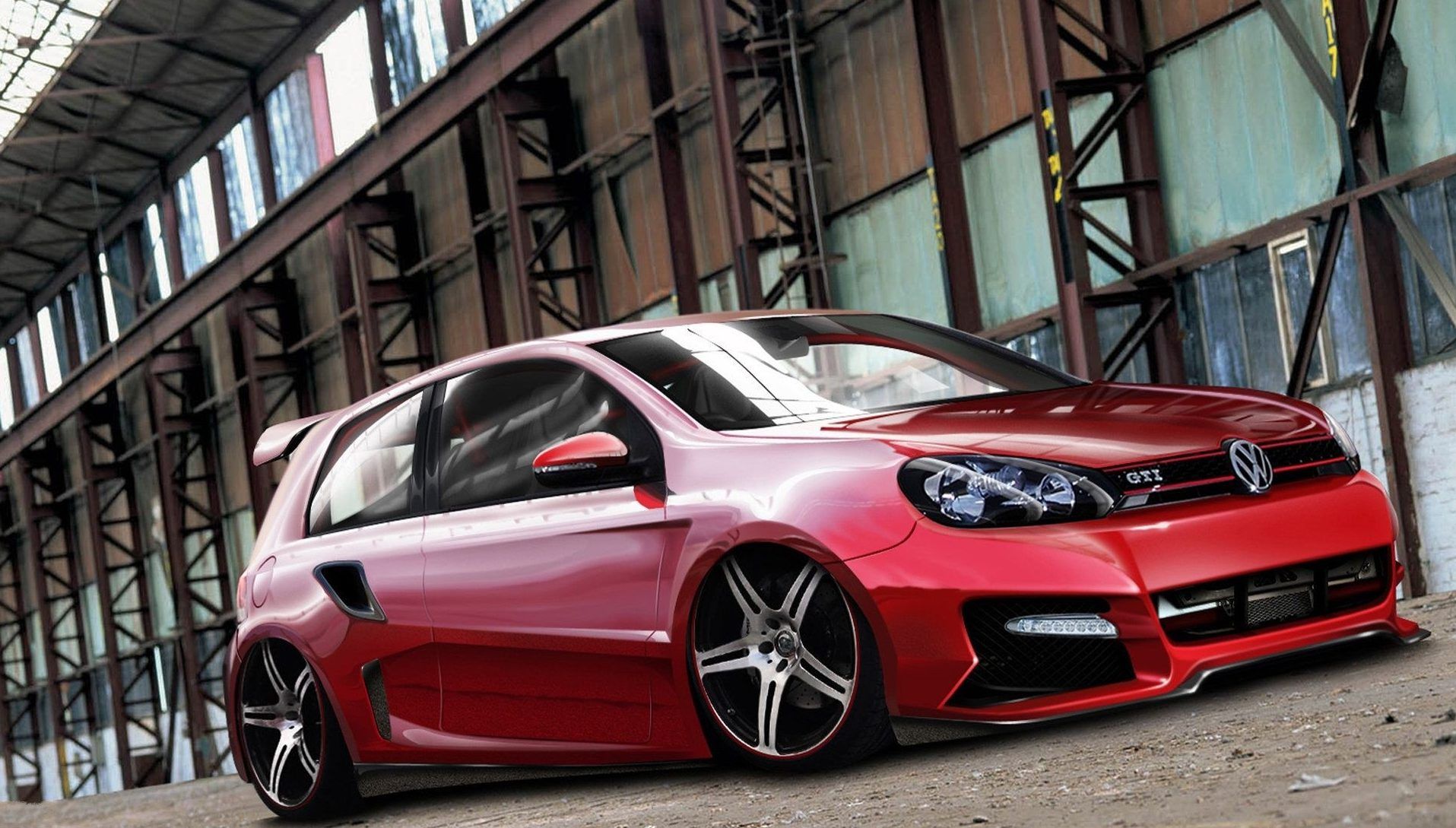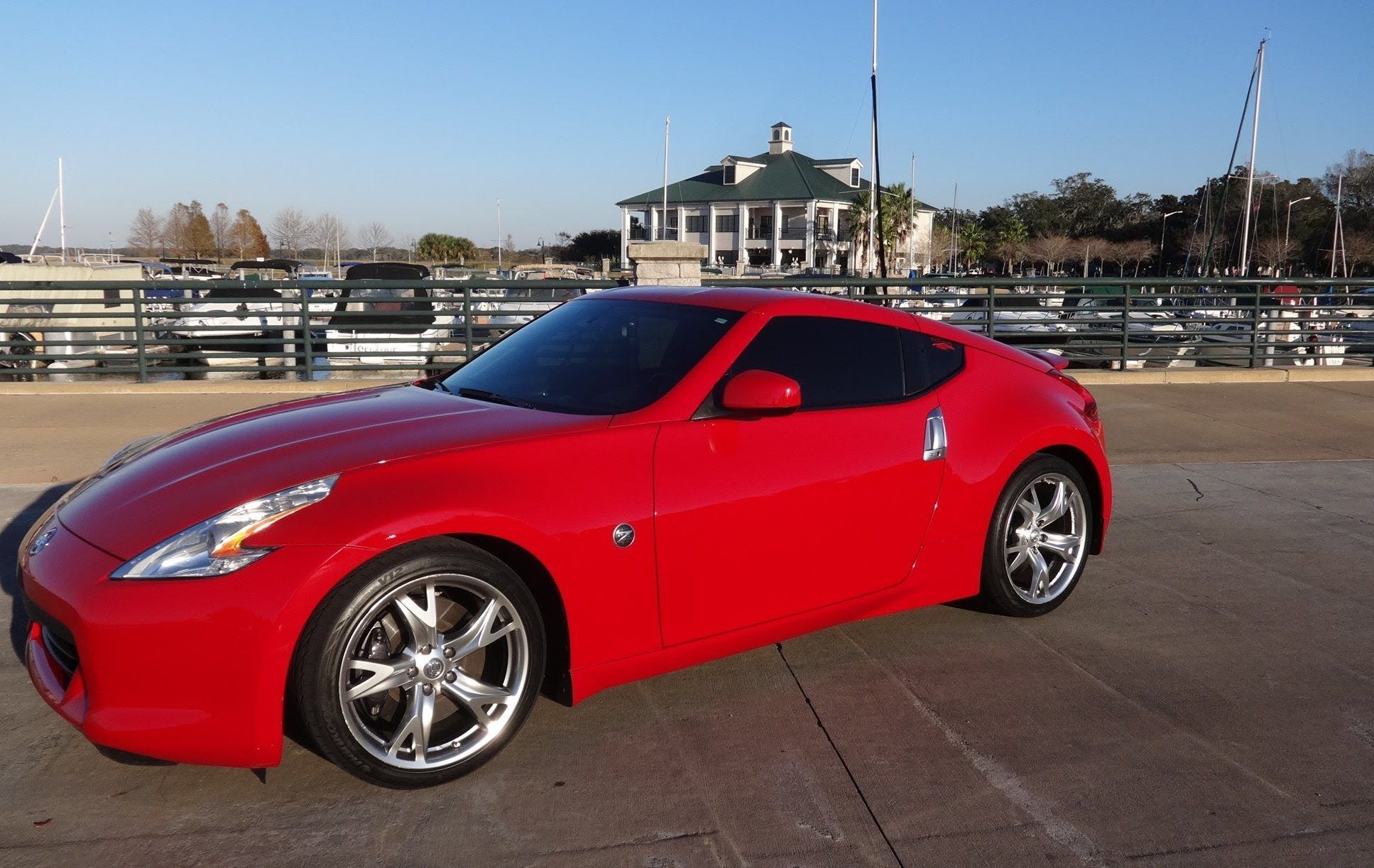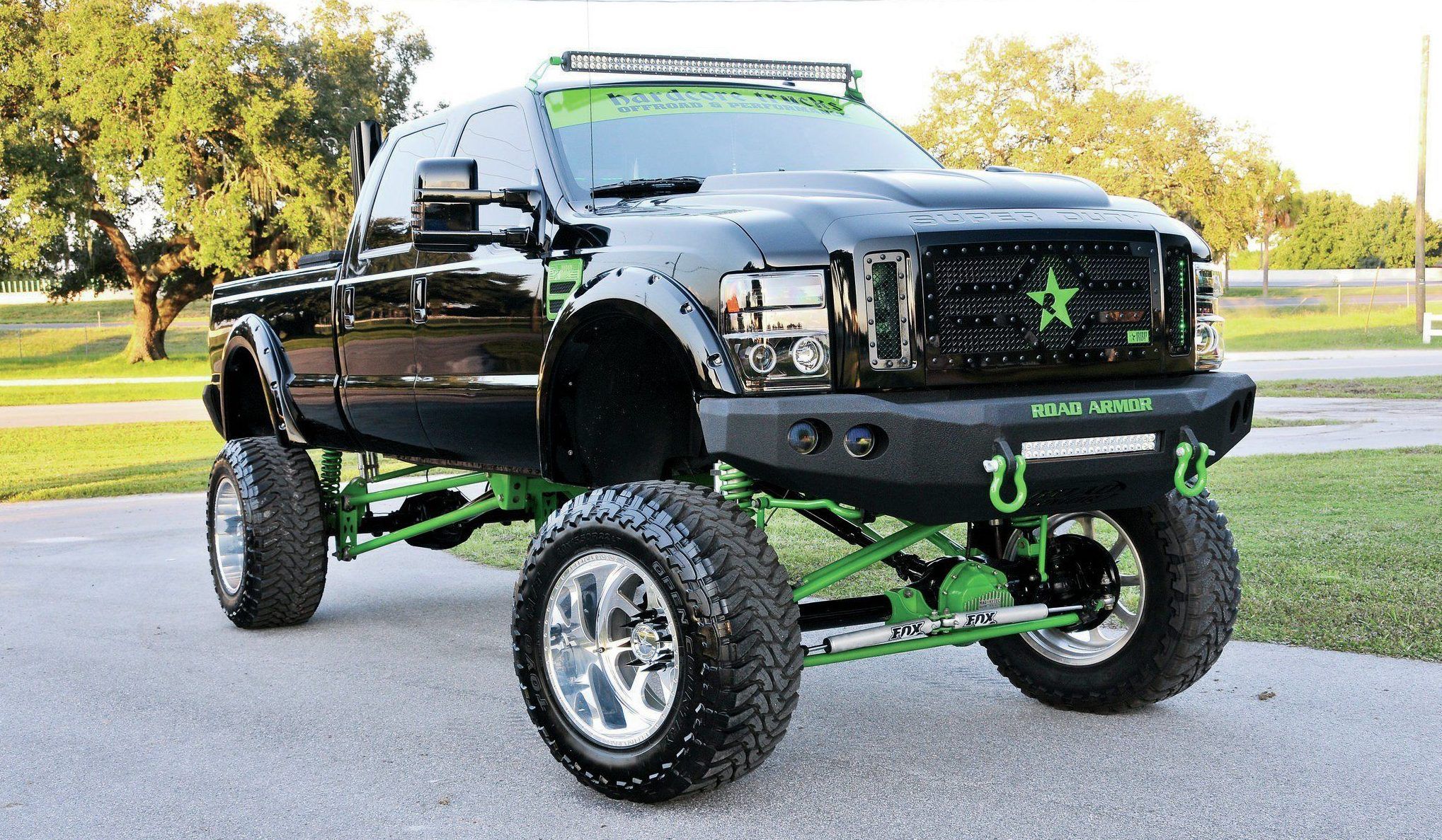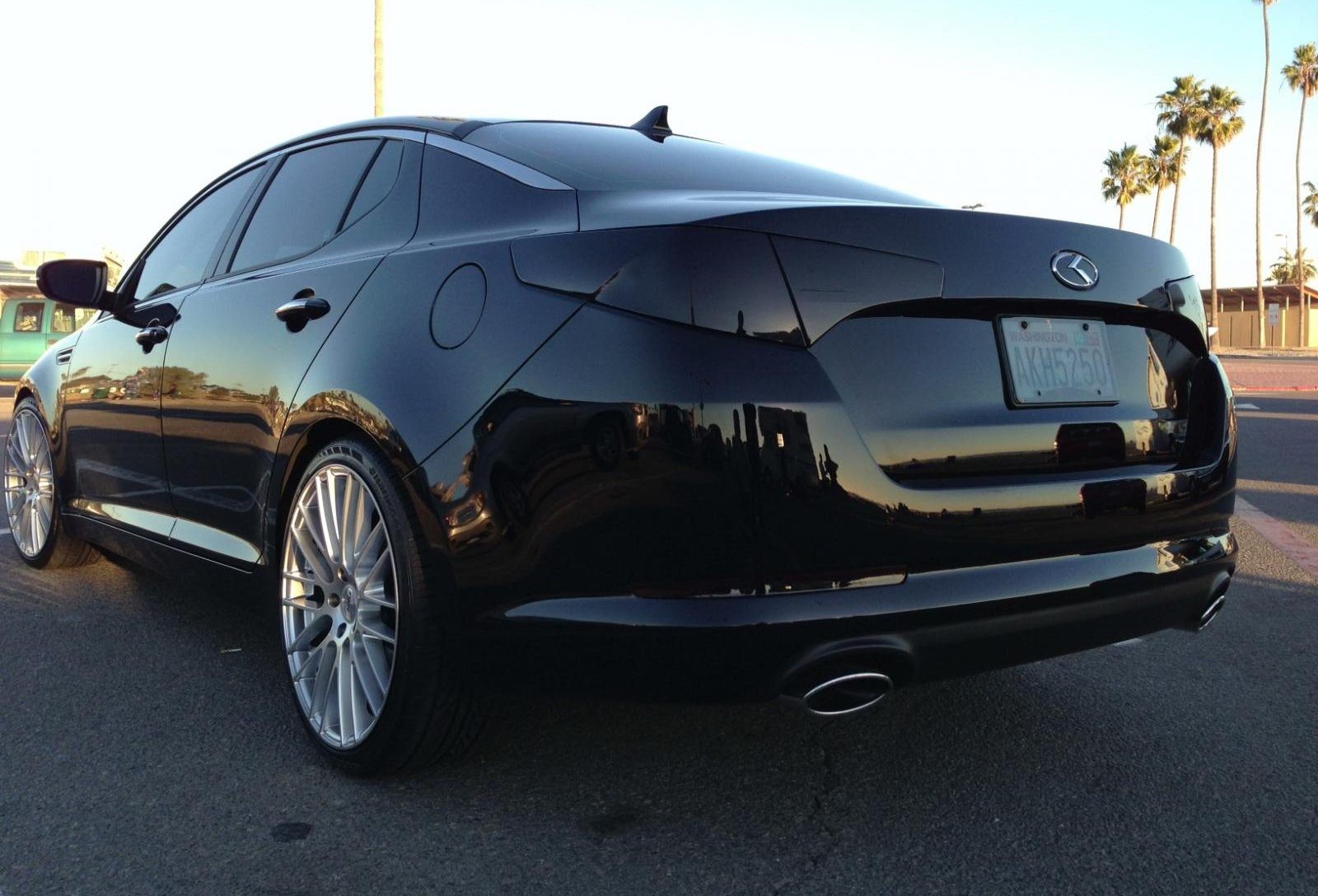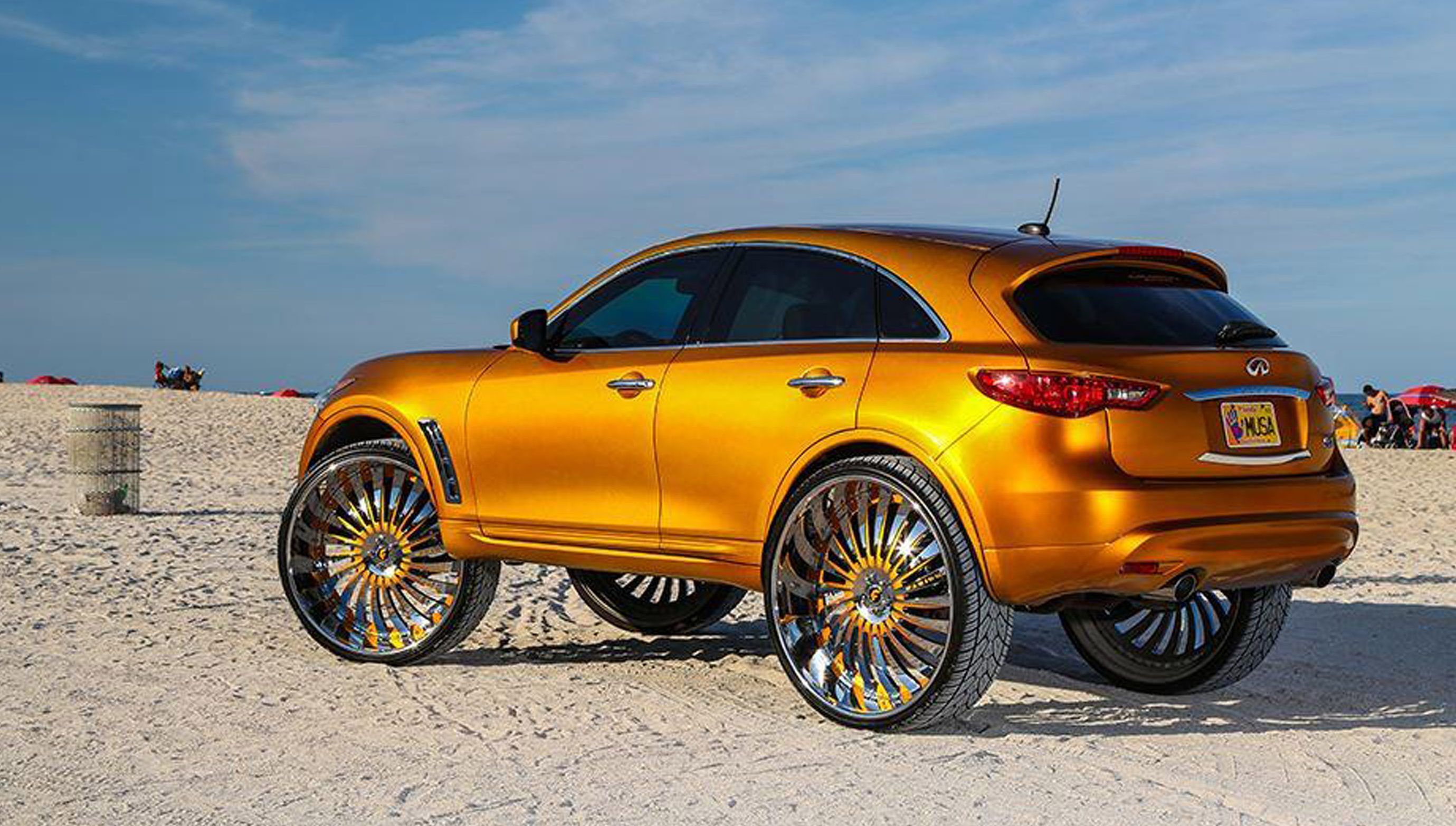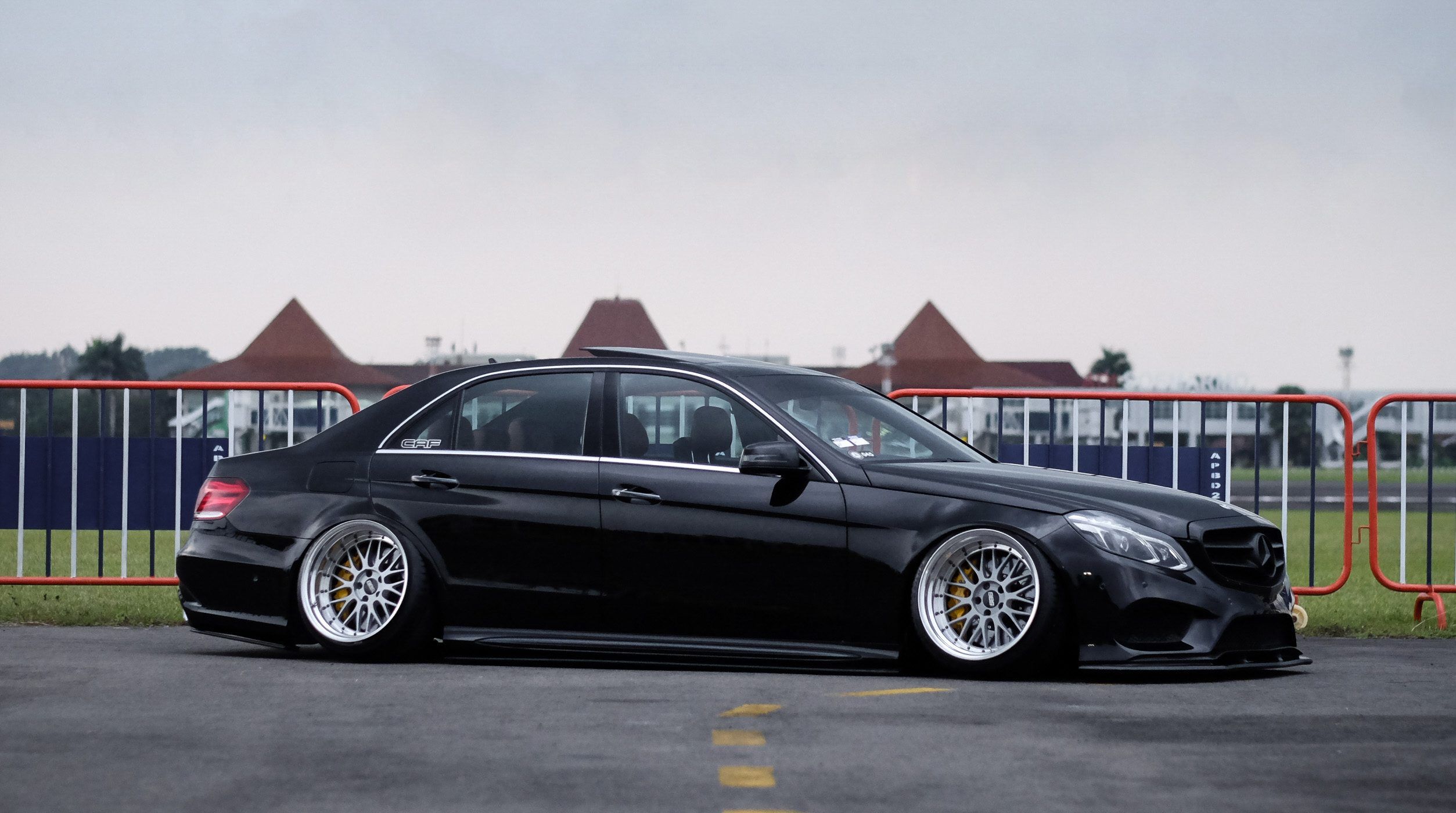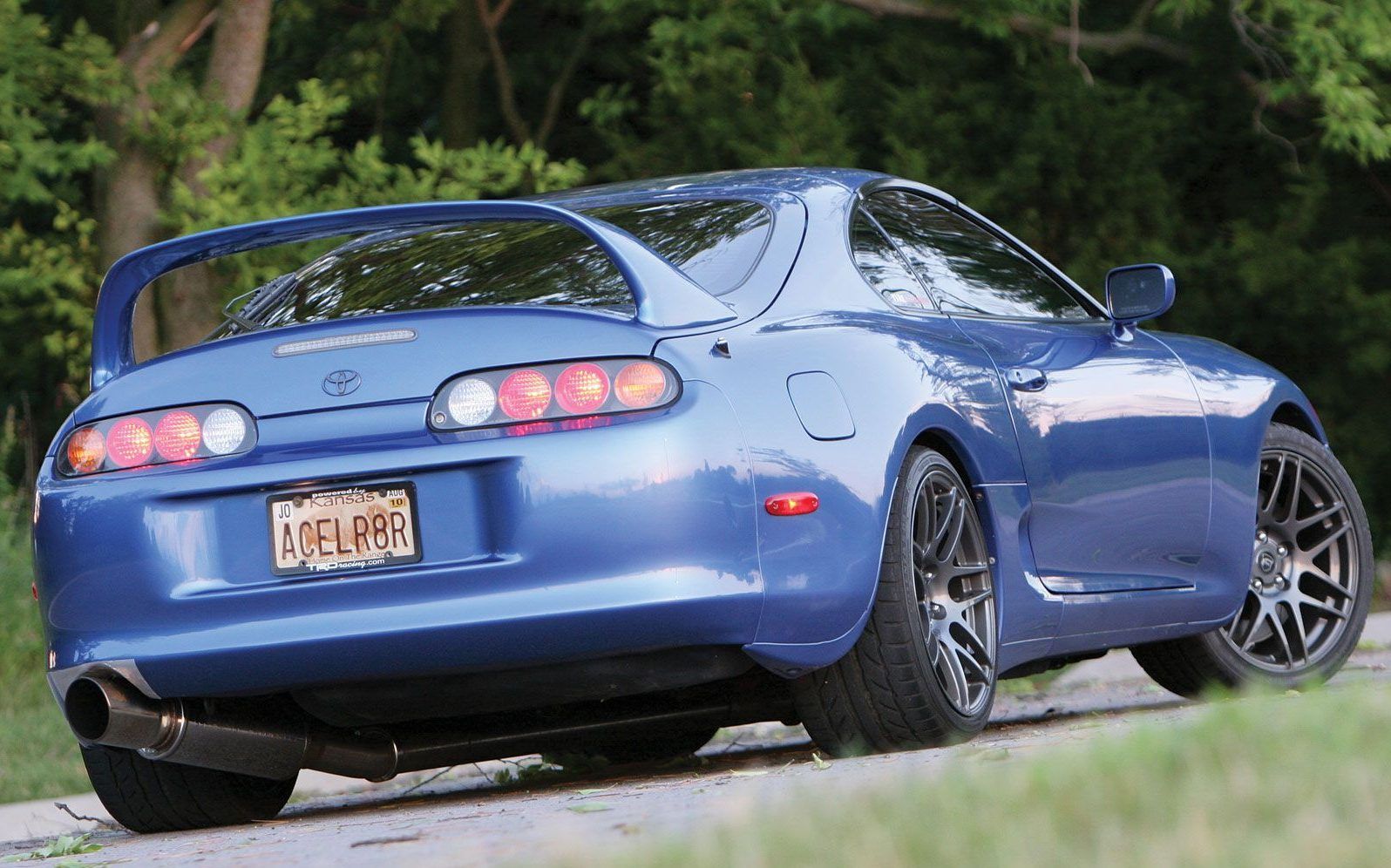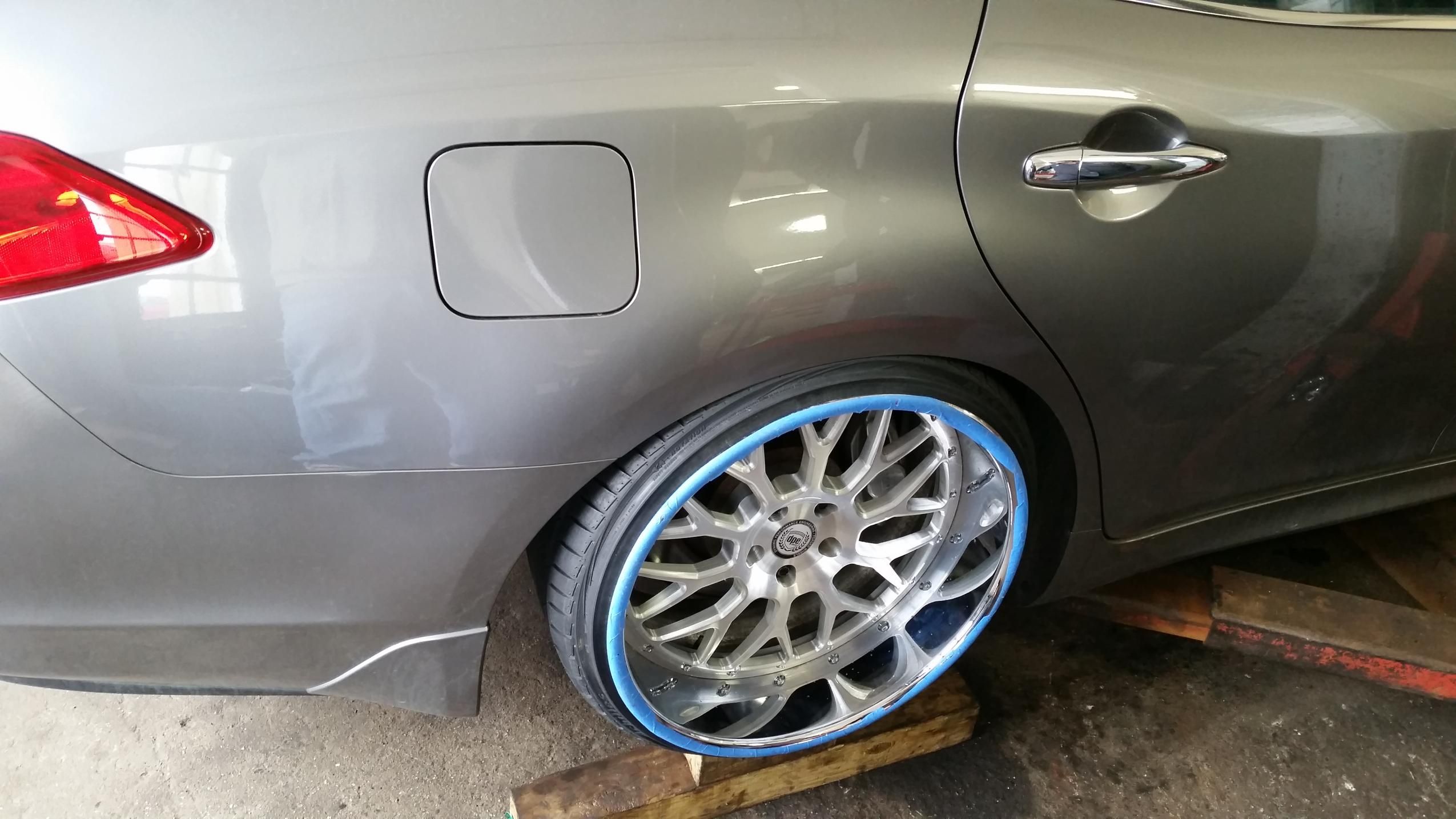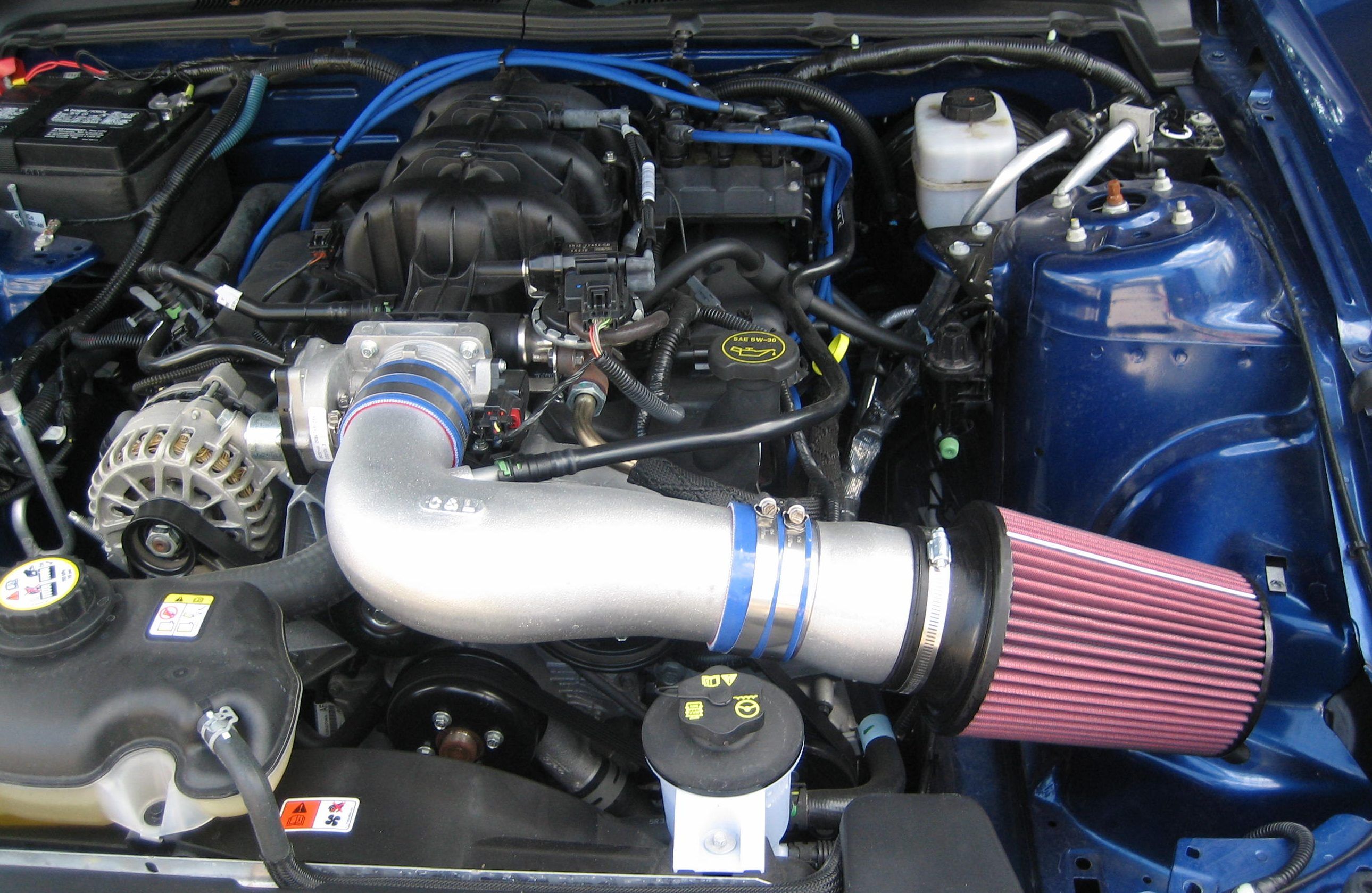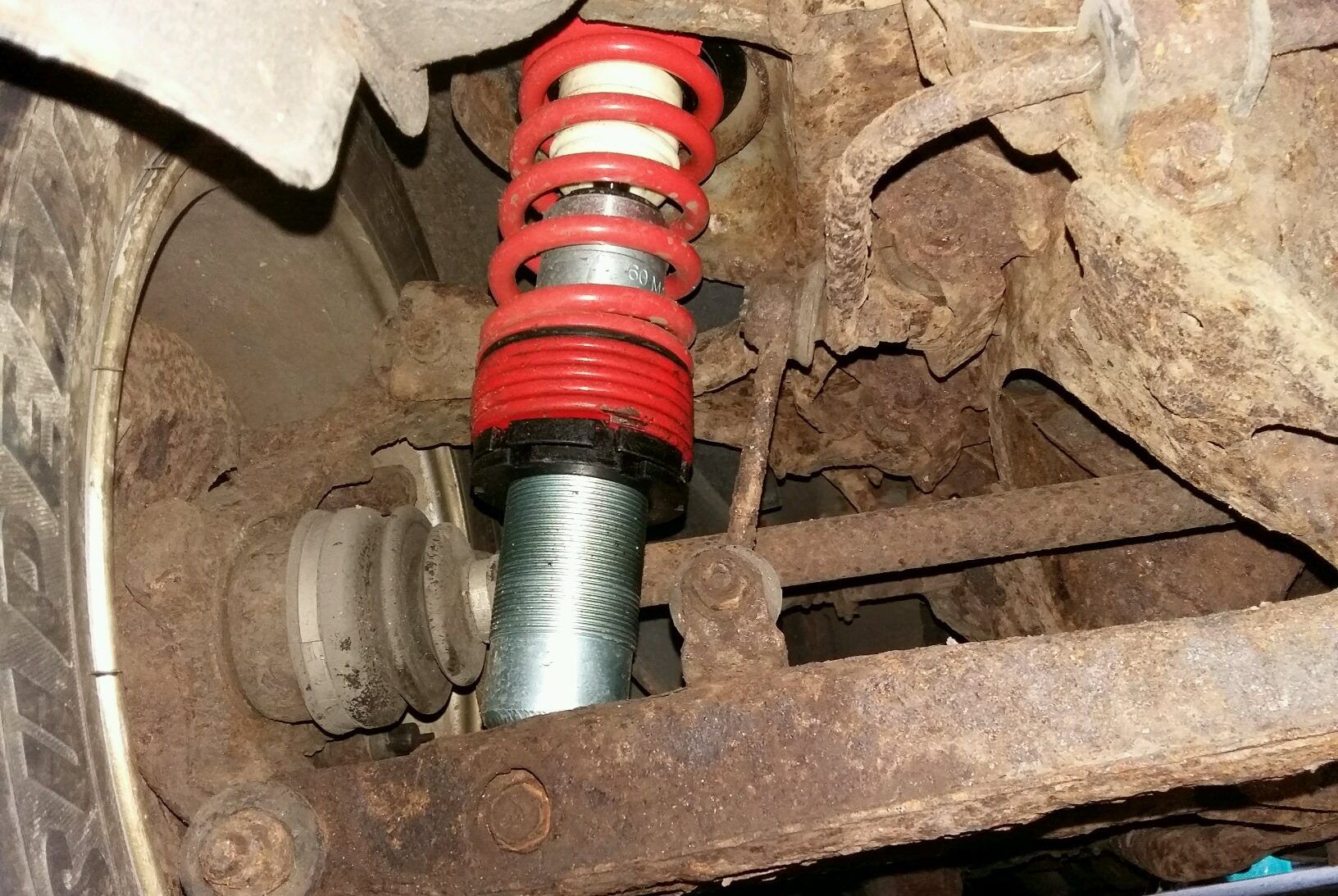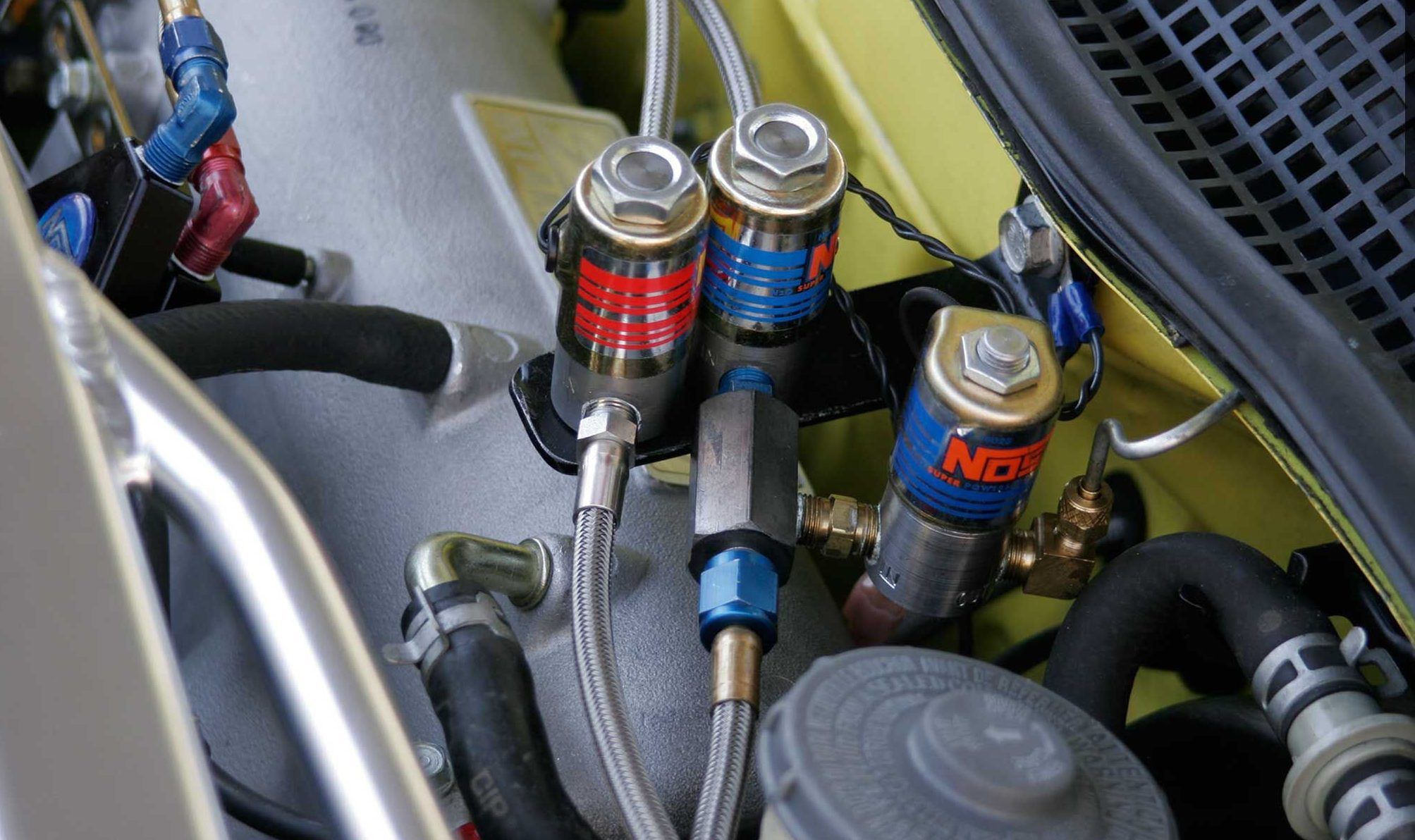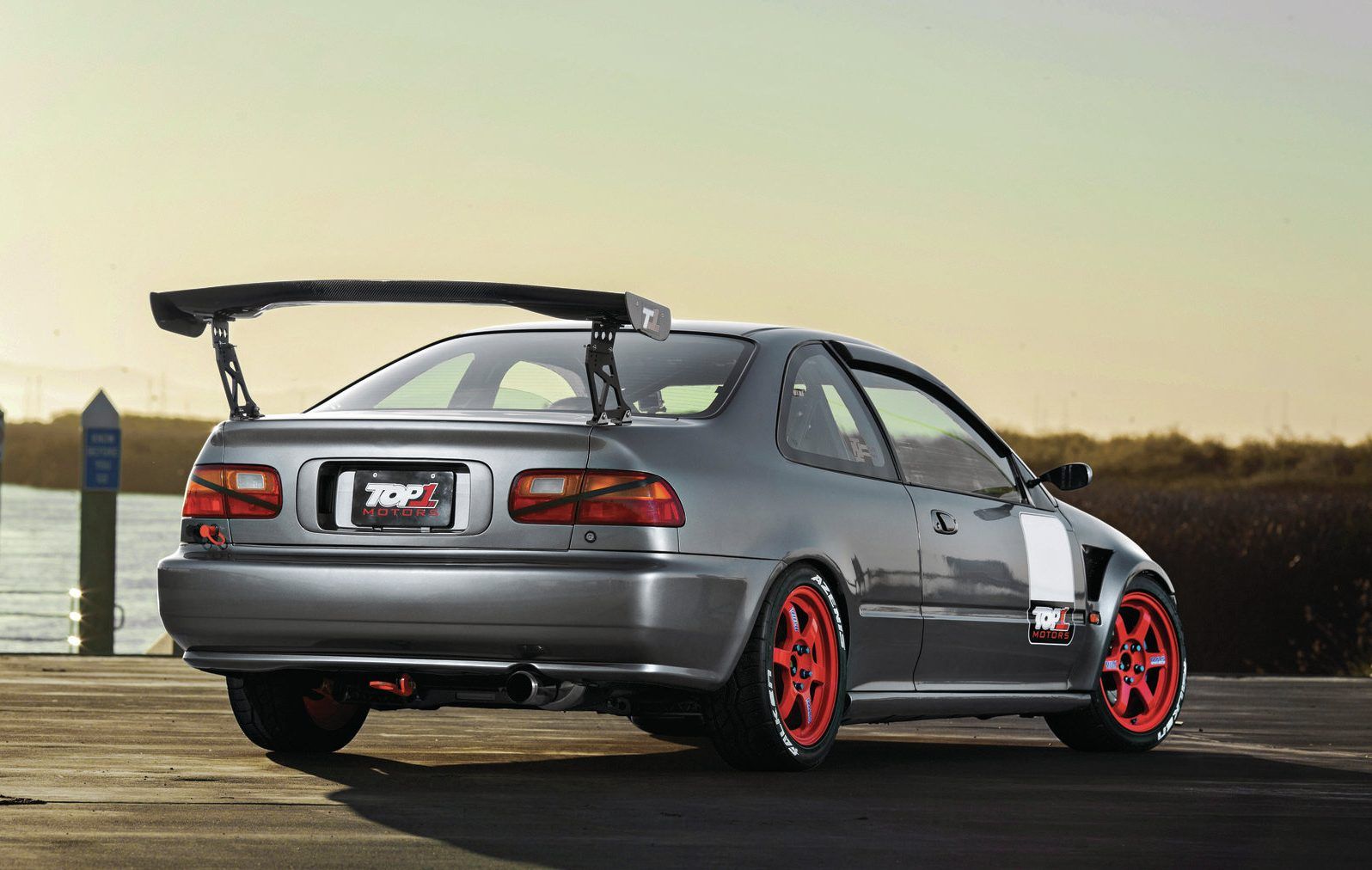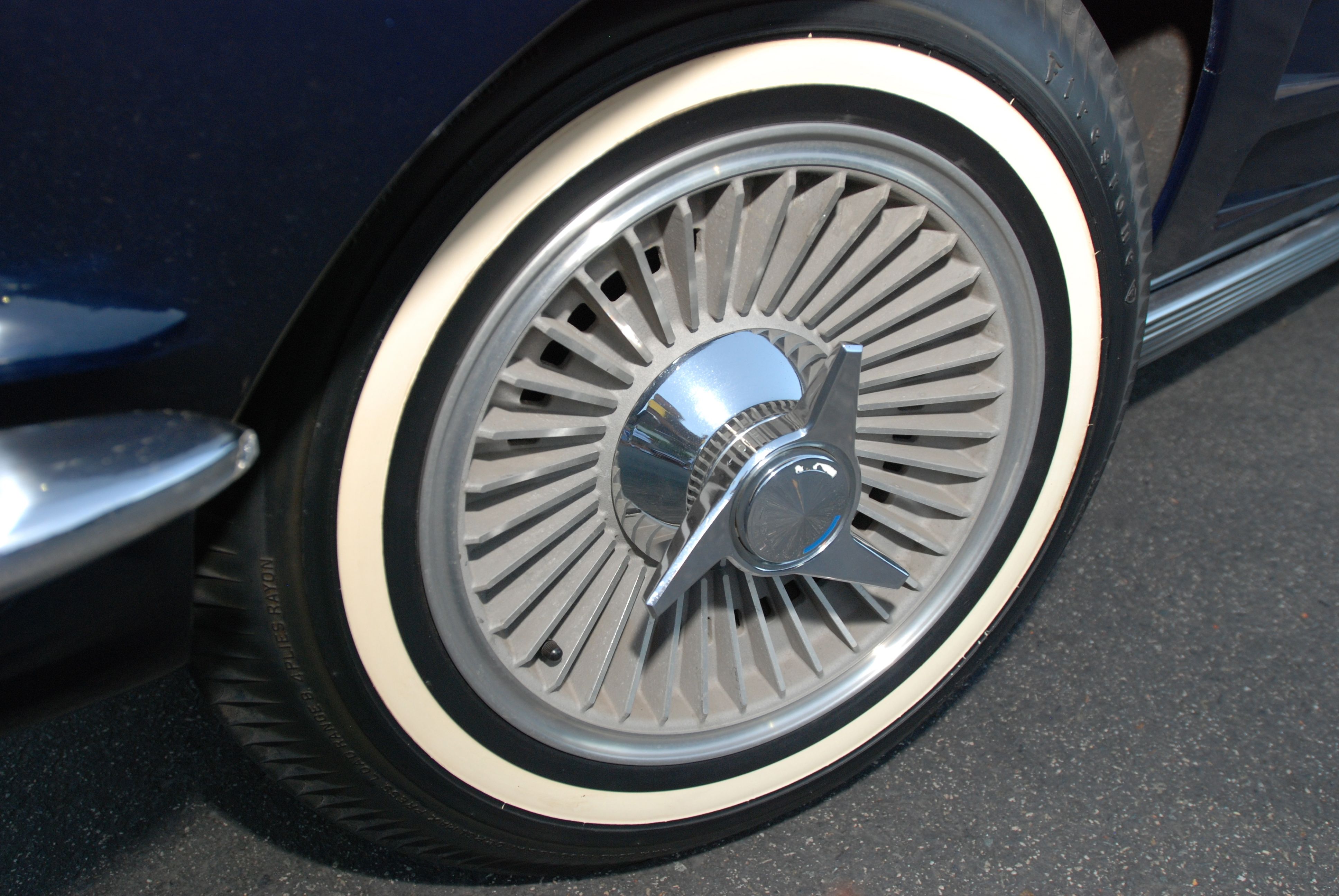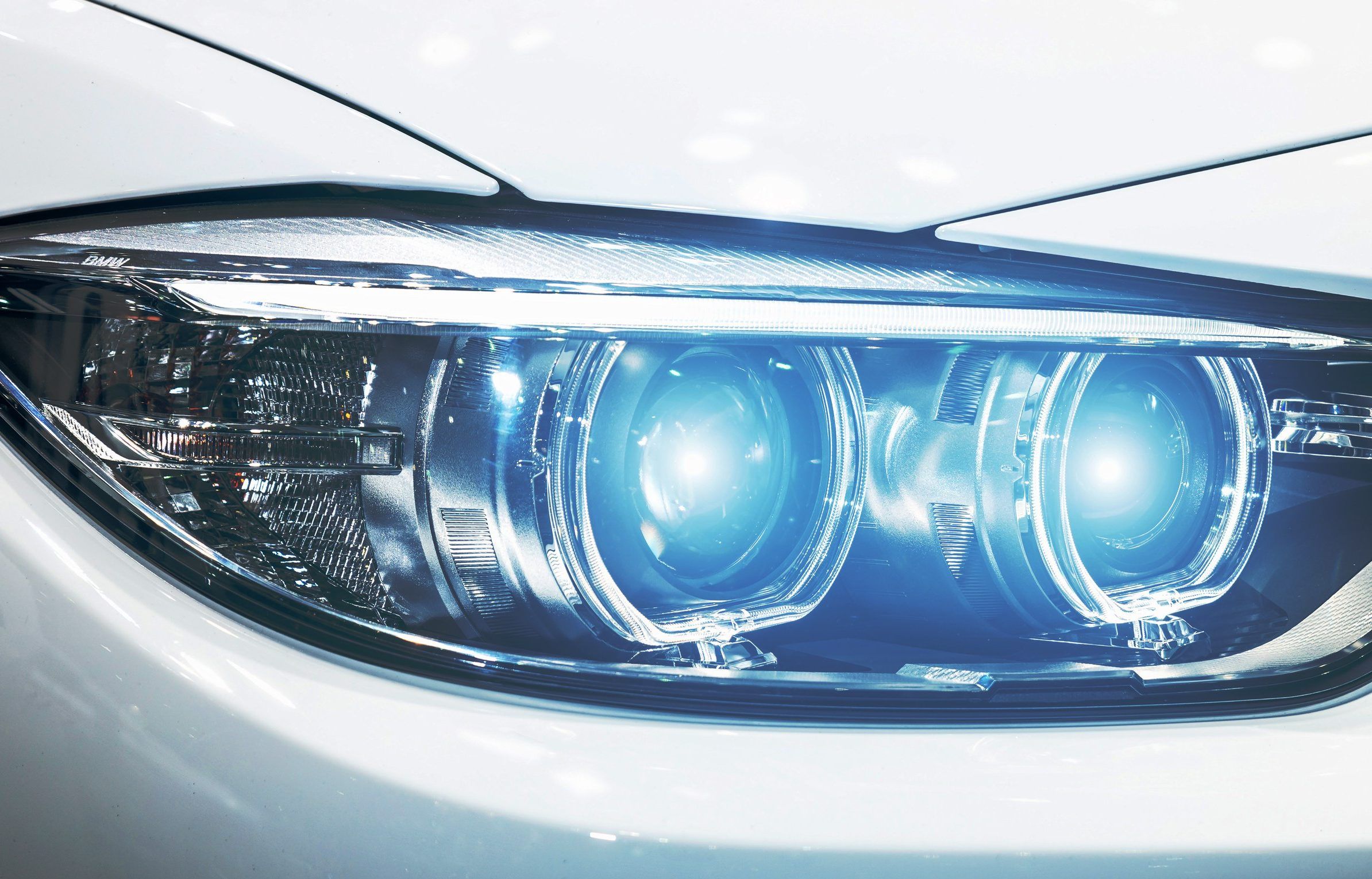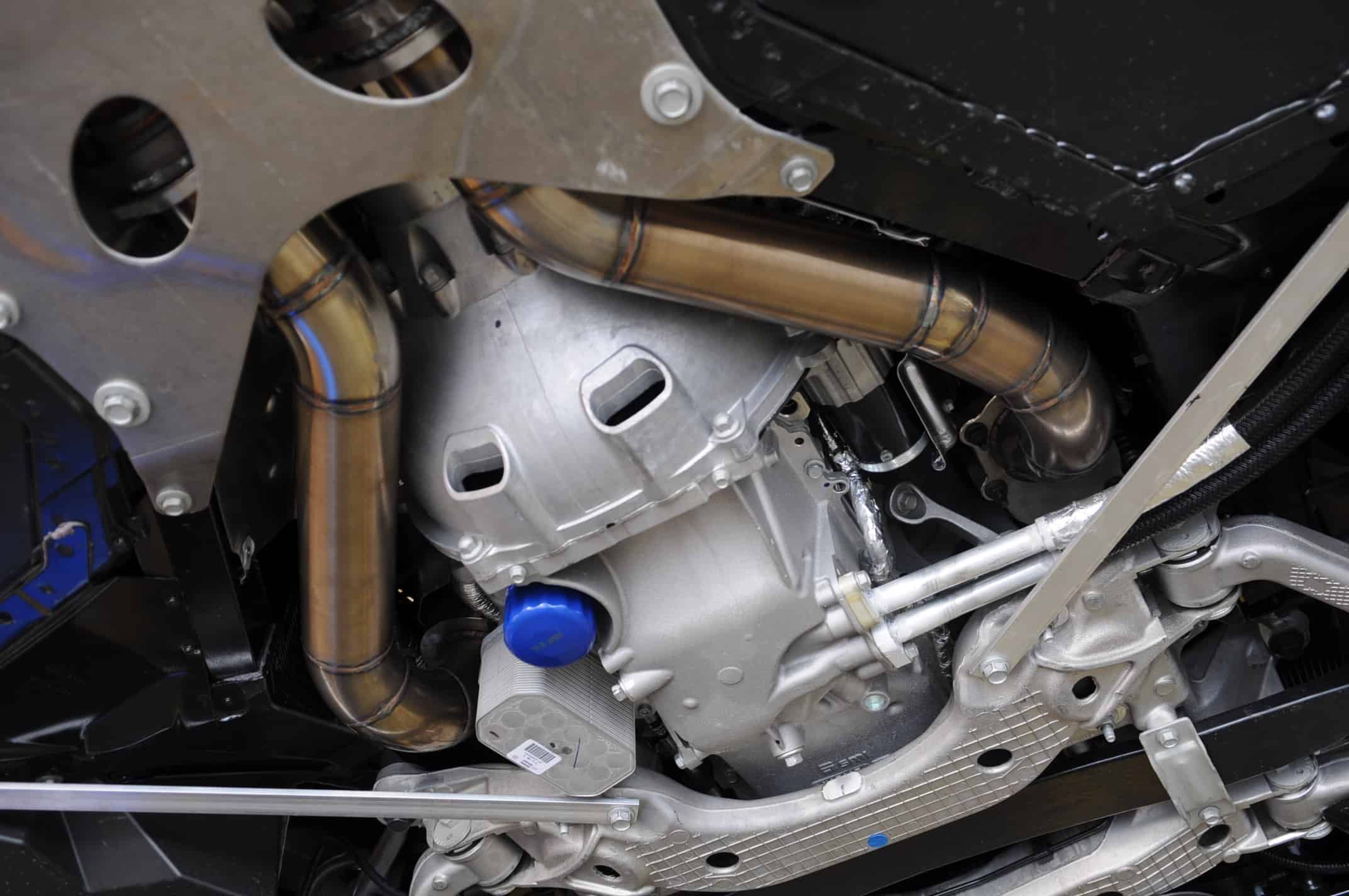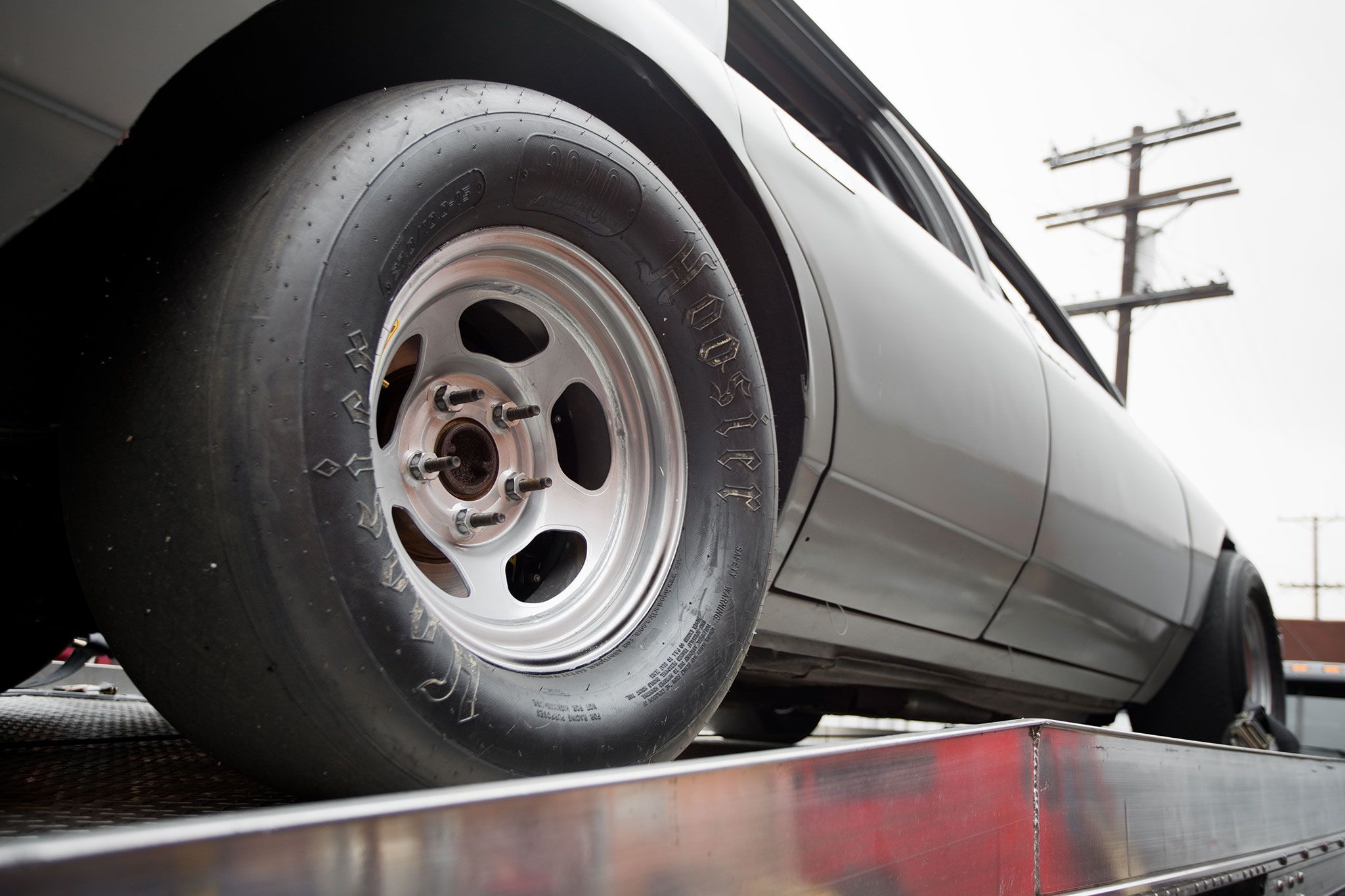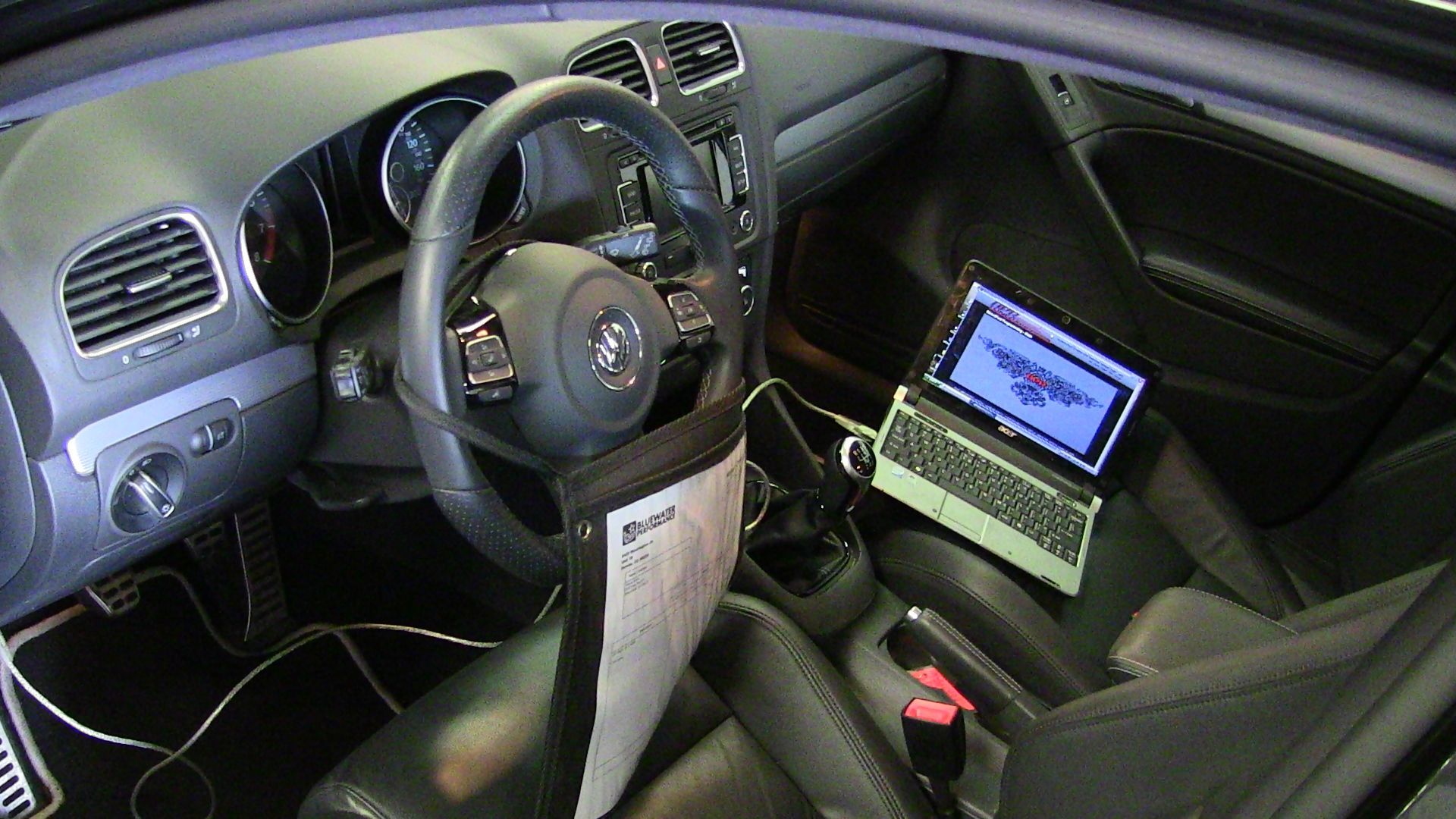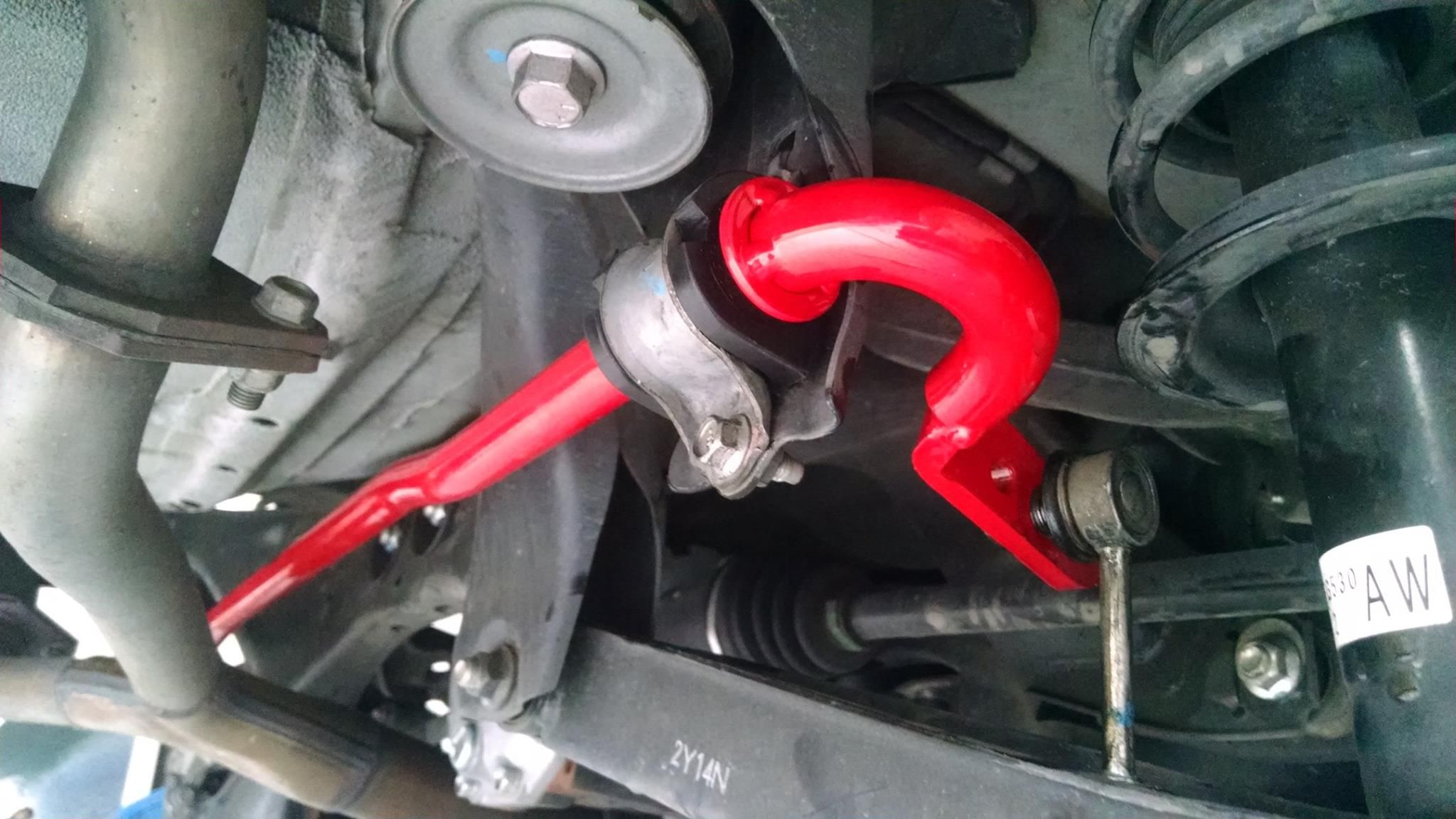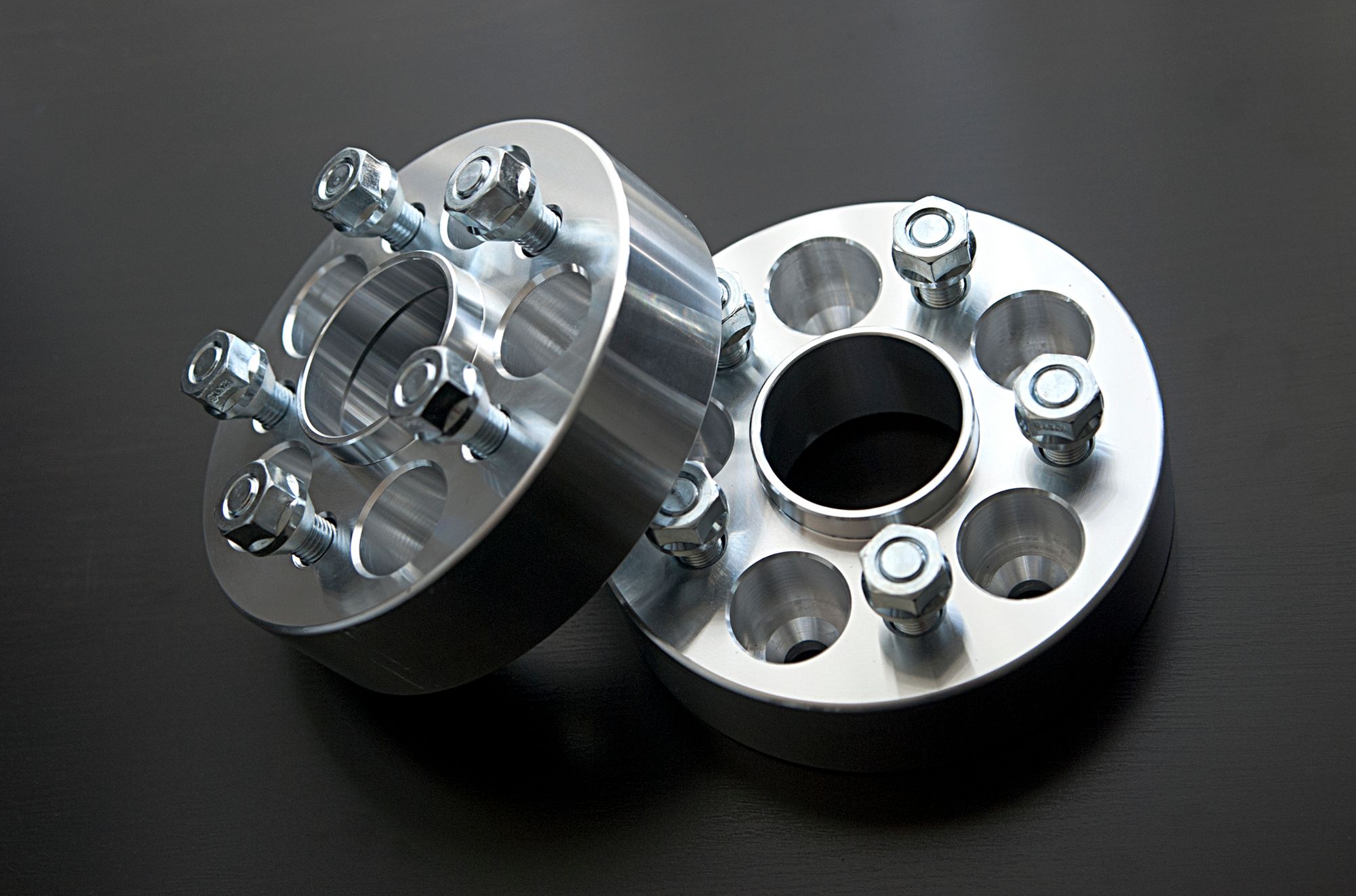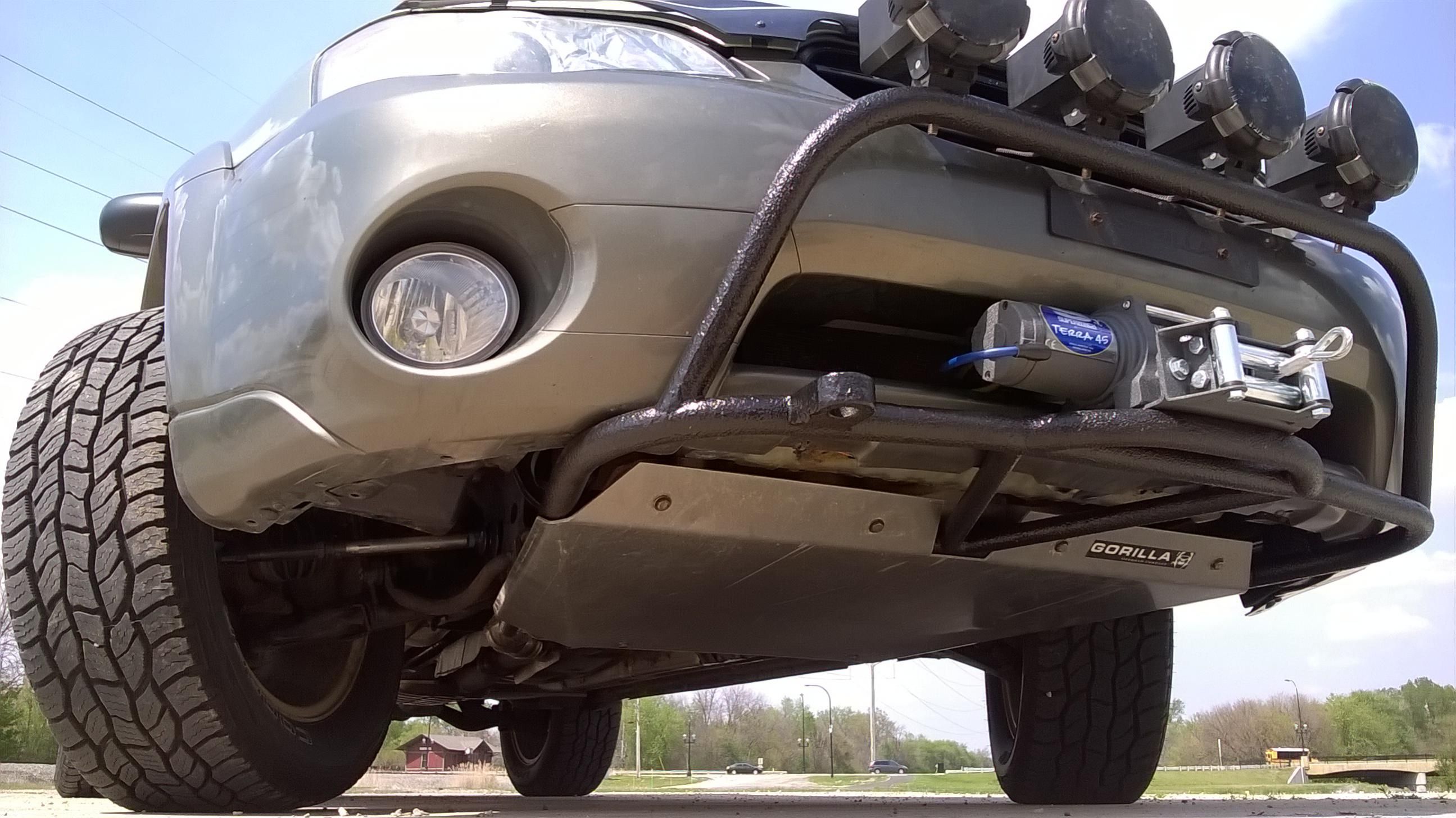Every automotive enthusiast feels the desire to modify their car from time to time. Whether they want a car that looks sportier, drives faster, or reveals a unique style, the urge to undertake a project, any project at all, can frequently seem overwhelming.
But aftermarket parts suppliers and mechanics love it whenever one of their customers embarks on a build, regardless of whether they're after pure performance or simple stylistic upgrades. A smile comes to the faces of anyone who profits off the entire build process for the simple fact that once drivers take that first step towards modding or tuning their cars, they often end up swirling in a black hole of further improvements and skyrocketing costs.
A critical piece of the puzzle that many backyard modders and garage-based tuners forget to consider is that even the smallest changes to a car's overall picture is liable to affect the rest. Improving air intake can affect fuel injectors, various changes in stance can negatively affect suspension geometry and bushing lifetimes, and outright power upgrades can reduce the longevity of driveline mechanicals.
Besides the basic wear and tear that an unfocused modding project can cause for a car, there are also plenty of mods that can make a car downright dangerous to drive, even slowly around town. Whether inspired by track-focused race cars, rally-bred all wheel drive gravel monsters, or gigantic rock-crawling off-roaders, every driver needs to figure out exactly how far they plan to go before they begin a modding project. Keep scrolling for 21 mods most people might think are safe and easy, but that can actually be counterproductive and even dangerous.
21 Body Kits
Much like lowering a car excessively on springs, shocks, and coilovers, tacking on a body kit to the front, sides, and rear of a car can be a potentially dangerous mistake. Not only does the body kit make it harder to avoid knocking on speed bumps, dragging in driveways, and scraping through dips - they can also cause wheel rub and easily become disengaged which can lead to parts flying up under the car and the tires. Most body kits are strictly for looks, and don't even actually make a vehicle perform more like a sports or track-specific racing car, anyways.
20 Window Tinting
There's a reason behind the term 'limo tint' - mostly that excessive blacking out of a car's windows is dangerous because it prevents the driver from seeing what's going on around them. And in most locations, super dark tint jobs are actually illegal and can be cause for a police officer to light up the sirens.
When night time driving is clearly more dangerous than daytime driving, is it really worth it to create the cool look while risking life and limb?
Any tint job should be more for the point of increasing interior longevity and reducing heat retention much more than it should be for looking like a high roller heading to the casinos in Vegas.
19 Lift Kits
While not as popular among drivers of sedans and coupes, lift kits are a source of great fun for anyone who wants to go off-roading or simply wants a higher ride for their truck, Jeep, or SUV. (Some rally racing enthusiasts will lift their sedans and coupes to improve clearance on the lower-riding cars, however.) But any project including a lift of any height needs to be undertaken with full understanding of the differences in suspension geometry, balance, and rollover risk that greater clearance brings to the table. The bigger the lift, the bigger the cost and the more necessary a professional's input becomes to maintain safety.
18 Blacked Out Lenses
Blacked out or smoked lenses may make a car's lines appear smoother or more futuristic, but they are dangerous for the obvious reason that they reduce overall brightness. It is certainly possible that the owner of a car with smoked turn signals or blacked out taillights might have installed brighter bulbs to counteract the effect of the tinting, but that is so unlikely to be the case that most areas delineate how dark lenses can be to remain legal - often requiring that no tint be applied at all. Any situation, from braking to turning to hazard lights flashing after an accident or break down is made more dangerous for everyone on the road with blacked out lenses, no matter how cool they may appear.
17 Huge Wheels
One of the first mods most car owners think will help their car seem more unique is throwing on a set of huge, wide wheels. Besides the change in looks, many drives mistakenly think that aftermarket wheels with low profile tires will improve their cars' handling - but in fact huge wheels and thin tires can be a dangerous combination.
From rubbing and pinching against wheel wells and fenders to an increased risk of blowouts from even the smallest bumps, the combination can actually decrease outright performance.
Just look at competition race cars; while they may be low and tight to the ground, often times they've got rather thick rubber to improve traction and reduce excessive rattling.
16 Bagging
Suspension lowering systems that include the use of airbags to help get the lowest possible ride are a silly fad that hopefully disappears soon. Even though so many drivers seem to want that ridiculous stance, complete with radically angled wheels and tires, the whole point of the trend is completely counter to what makes a car so enjoyable - and can be dangerous, as well.
Any ride height that's too low increases the risk of flat tires, suspension damage, and bagging a car just doubles down on the problems.
With only fractions of an inch of clearance, now the oil pan, transmission, and plenty of other components run the risk of serious contact with the ground.
15 Huge Exhausts
A more expensive, and yet surprisingly common, modification for many would be racers to save up for and install is an enormous, free-flowing exhaust setup.
But in reality, the improvements to engine power are rarely more than a 5% bump from even the most expensive exhaust systems, and most people just want to hear a louder rumble when they hit the throttle.
Add in the risk of additional heat hitting the underside of the car and the rear bumper, potential installation mistakes, and a greater likelihood of scraping the ground, and deciding to add enormous exhaust pipes to a car seems like an iffy proposition all of a sudden.
14 Rolled Fenders
With so many drivers adding big, wide wheels, spacers, and low profile tires to their cars, the prevalence of rolled fenders has increased, as well. Rolling fenders helps to reduce the risk of tire and wheel rubbing, allowing for a wider stance than would otherwise be possible. But as with any change in a car, plenty of side effects can possibly go along with rolled fenders - from little things like paint damage to the changes in suspension geometry that go with the reason behind the need to roll fenders in the first place. Much like tacking on box flares or a body kit, the overall picture of the final build becomes an important consideration from the very beginning.
13 Cold Air Intakes
The whole concept of the increasingly popular cold air intake is to improve airflow while also helping to keep the temperature of the air lower, as colder air is denser and therefore contains more ignitable oxygen. But though plenty of cold air intakes increase total air flow by using wider pipes and a larger filter, most are actually 100% counterproductive at cooling the temperatures in any way. In most factory engine bays, an intake hose scoops cold air from outside the car into the air box where the filter resides. But a big cold air intake installation usually removes the airbox - meaning that the motor is now inhaling hot air from inside the engine bay.
12 Lowering Springs
Everyone knows that sports cars ride low and tight to the ground to help improve aerodynamics and create more stable suspension geometry. But most people who add lowering springs to their cars are going after that look, rather than the potential performance gains. Either that, or they haven't taken into account spring rates, potentially dangerous changes to wheel camber and castor, and even the increased stress on suspension and chassis components that comes along with a lower, bumpier ride. Add in the potential that new components may be much stronger than older, failing parts and the risk of lasting and dangerous damage only increases further.
11 Nitrous Oxide Systems - NOS
It should come as no surprise that adding extra flammable fluids to a car is a dangerous modification to undertake. Sure, films like The Fast and the Furious and Gone in 60 Seconds make nitrous sound fun, perfect for that extra boost to help blast by another racer, but a wide range of issues come with a NOS system, including engine blowouts, gas leaks, and the fact that a highly explosive tank of the stuff has to be mounted somewhere in the car.
While a fuel cell or tank is protected as much as possible from being a fire hazard, nitrous is often mounted with little consideration for the danger. The best and safest bet is to avoid NOS altogether.
10 Huge Spoilers
Bolting an enormous spoiler onto the rear of a sports car may seem like it will look cool and enhance traction, but most drivers have absolutely no need of additional downforce unless they're spending tons of time at the track.
And a spoiler can be dangerous for a variety of reasons, from reduced visibility to misapplication that actually produces lift to the potential for pieces to break off and spray through the windshield of cars in the rearview mirror.
In most cases, a rear diffuser down low will actually generate as much or more downforce, although plenty of drivers won't like the loss of potential style points.
9 Knock Off Wheels
Not every backyard tuner and garage modder is interested in creating a futuristic, performance-enhanced race car, though. Plenty want to bring back the nostalgia of classic muscle cars or historically and personally significant cars from the past.
One critical detail on plenty of classics is the knock off wheel - which doesn't mean knock off like in fashion or basketball shoes.
Knock off wheels are held onto the hub by means of counter-rotating, or self-tightening lugs, and need to be installed on the proper side of the vehicle. They've been outlawed in most locations because of the tendency to fly off, leading to accidents and vehicle damage when entire wheels go rolling down the road unattached to a car.
8 Blue Tinted Headlights
Many luxury automakers use LED, xenon, laser, and halogen bulbs in the headlights of their cars. The advantages of the trend come in the form of increased bulb lifetime, brightness, and efficiency, but a side effect is often a bluish tint to the car's headlight array.
The bluish tint has become associated with expensive cars and has become a status symbol that modders want to replicate in their builds.
But just adding blue tint to headlights actually reduces their brightness, reducing nighttime visibility - and increasing brightness by way of HID installs can create glare for driver's coming the other direction. In many places, the practice is such a concern that it has been made illegal.
7 Cat Deletes
Catalytic converters are a standard feature on modern cars, and many states require cats to be present on exhaust systems in order to pass smog and emissions tests. The catalytic converter helps to reduce pollution by trapping potentially harmful vapors by means of various chemical reactions. The cleaner exhaust fumes leaving the car come at the cost of restricted airflow and reduced performance, leading many modders to install exhaust pipes with cat deletes and bypass system. But the process of removing or skipping catalytic converters doesn't just increase emissions, in the worst cases it can increase toxins inside the car's passenger compartment, cause fuel to drip out of the tailpipes, and increase the risk of fire.
6 Racing Slicks
Every tire sold for general use on the roads today has come about by way of extensive research and development to improve traction on all surfaces, increase longevity, and reduce rolling friction. Those grooves in the tire's surface help to wick away water, dirt, and snow to improve traction for the rest of the tire - though the tradeoff of daily drive-ability means that the grooves also do reduce traction for perfectly dry conditions. Some modders will put racing slicks on their cars, hoping to achieve the traction and looks of dragsters and race cars, but the practice is generally illegal because slick tires are incredibly dangerous on anything but the driest, smoothest tarmac.
5 ECU Tunes
The internet has made it increasingly likely that one of the earliest steps any modder will take is to reprogram their cars' ECU to improve power output. Known as tuning, the new program changes engine management algorithms to enhance air to fuel ratios for better combustion.
They're especially useful in turbocharged and supercharged cars, which can see massive improvements in low-end torque, fuel economy, and top-end power.
But ECU tunes aren't all good, as they can lead to a higher likelihood of failure either by intake systems, fuel injectors, and engine internals as they increase wear and tear on driveline mechanicals, as well.
4 Sway Bars
Sway bars, or anti-roll bars, transfer cornering forces from one side of a car to the other and have become standard equipment on even most of the daily commuters that hit dealer floors these days. Upgrading sway bars may be one of the later additions tuners and modder consider during a project, but thicker sway bars can greatly improve rigidity and handling for the performance-minded driver, and are relatively inexpensive to buy and straightforward to install. Thicker sway bars need to be added with a host of other upgrades to be safe, though, including beefier end links, more robust bushings, and potentially even stronger control arms. Otherwise, the extra load transferred can lead to snapped suspension and steering components.
3 Wheel Spacers
Most backyard modders can easily throw a set of wheel spacers on their car - all it usually takes is lifting one wheel up at a time and a few bolts taken on and off. But even though wheel spacers can help widen a car's stance, they've got a few downsides and can be potentially dangerous.
First, it is crucial to measure the gap between tires and fenders, to make sure no rubbing or pinching is taking place during turns or when going over bumps. But also, wheel spacers can place additional strain on hubs and wheel bearings, potentially leading to costly repairs and unresponsive steering - definitely not something anyone wants to experience in a twisty canyon at high speeds.
2 Skid Plates
Skid plates have become easy to find and install thanks to the miracle of internet shopping. Fans of rally racing add skid plates for looks as well as protection on their off-road inspired builds, while conscientious modders planning to lower their cars might throw on a skid plate to protect the oil pan from debris, speed bumps, and scrapes.
But though they protect the engine, skid plates can also be dangerous as many cars have been engineered specifically to drop their engines in the case of a catastrophic accident.
The addition of a skid plate can be dangerous as it may actually force the engine to slide backward into the passenger compartment rather than under the car as intended.


